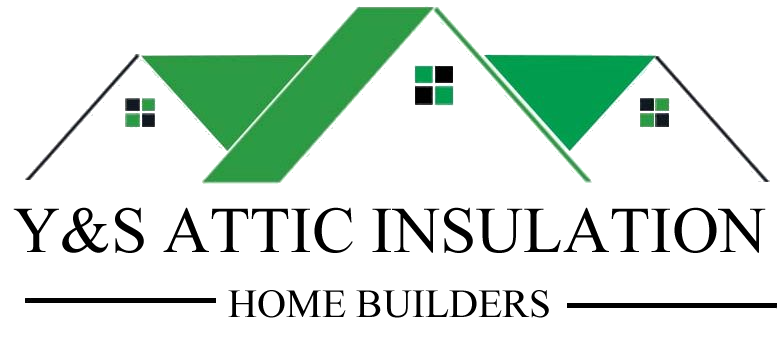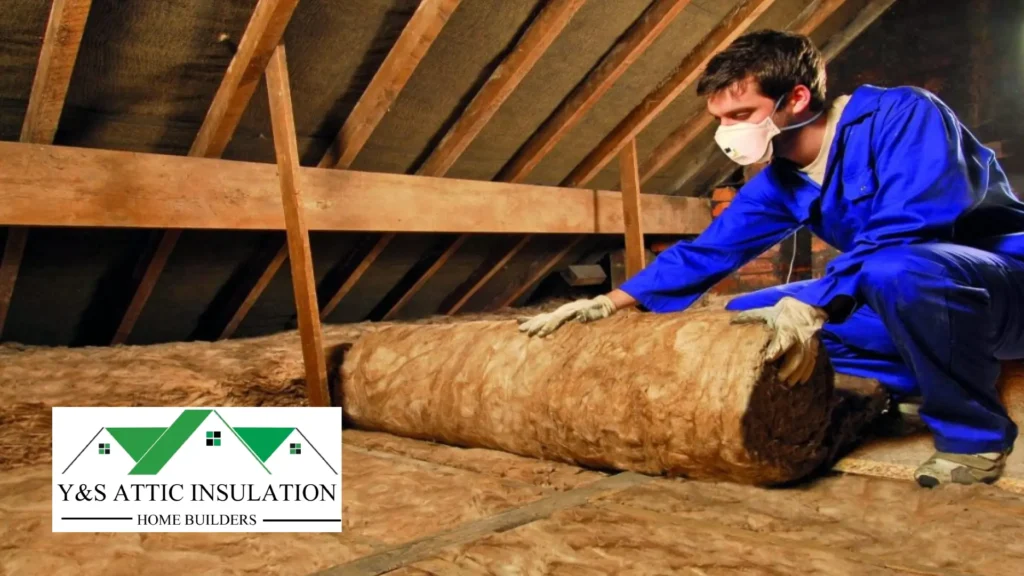When it comes to maintaining a comfortable and energy-efficient home, attic insulation plays a crucial role. Selecting the right type of insulation for your attic can make a significant difference in both performance and cost. This guide will help you understand the options available and choose the best solution for your needs.
Why Attic Insulation Matters
Attic insulation helps regulate your home’s temperature by creating a barrier that prevents heat loss in winter and heat gain in summer. Proper insulation enhances energy efficiency, reduces utility bills, and contributes to a more comfortable living environment.
Types of Attic Insulation
Fiberglass Insulation
Fiberglass is one of the most common types of attic insulation. It is available in batts or loose-fill forms and is known for its excellent thermal resistance and affordability. Fiberglass insulation is effective at reducing heat transfer and can be installed easily in many attic spaces.
Cellulose Insulation
Made from recycled paper products, cellulose insulation is a more eco-friendly option. It is often blown into place and provides good coverage, filling gaps and voids effectively. This type of attic insulation is also effective at reducing air leakage, enhancing overall energy efficiency.
Spray Foam Insulation
Spray foam insulation expands upon application, making it an excellent choice for sealing air leaks and providing high R-value insulation. This type of attic insulation is ideal for hard-to-reach areas and offers superior performance in both thermal resistance and air sealing.
Choosing the Right Insulation for Your Home
Selecting the best attic insulation depends on various factors including your budget, climate, and specific needs. Consider the R-value, which measures thermal resistance, to ensure you are getting the appropriate level of insulation for your area. Consulting with a professional can also help you make an informed decision based on your home’s unique characteristics.
Installation Considerations
Proper installation is key to achieving the full benefits of your chosen attic insulation. Ensure that insulation is installed correctly to cover all areas without gaps or compression. Professional installation can help ensure that insulation is applied effectively and meets all necessary building codes.
In brief, by understanding the different types of attic insulation and their benefits, you can make an informed choice that enhances your home’s comfort and efficiency. Investing in the right insulation solution will provide long-term benefits in energy savings and overall home performance.
Learn more about Attic insulation:
Top 7 Signs Your Attic Insulation Needs Replacement and How to Address Them
Boost Energy Efficiency: How Proper Attic Insulation Can Lower Your Bills

